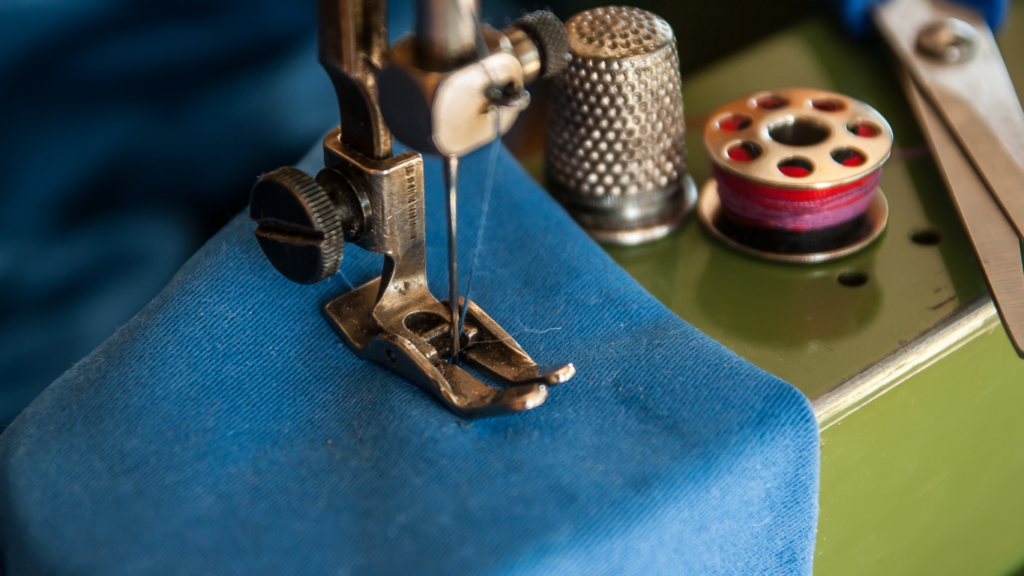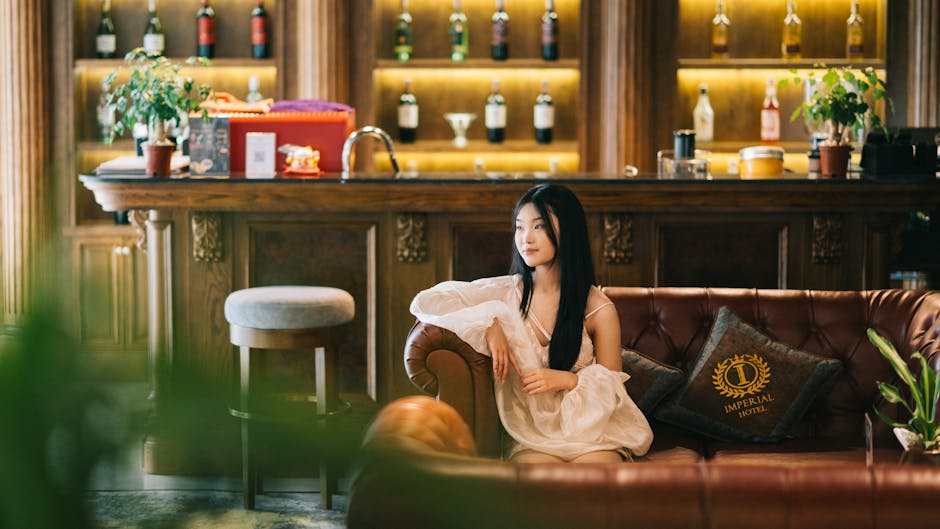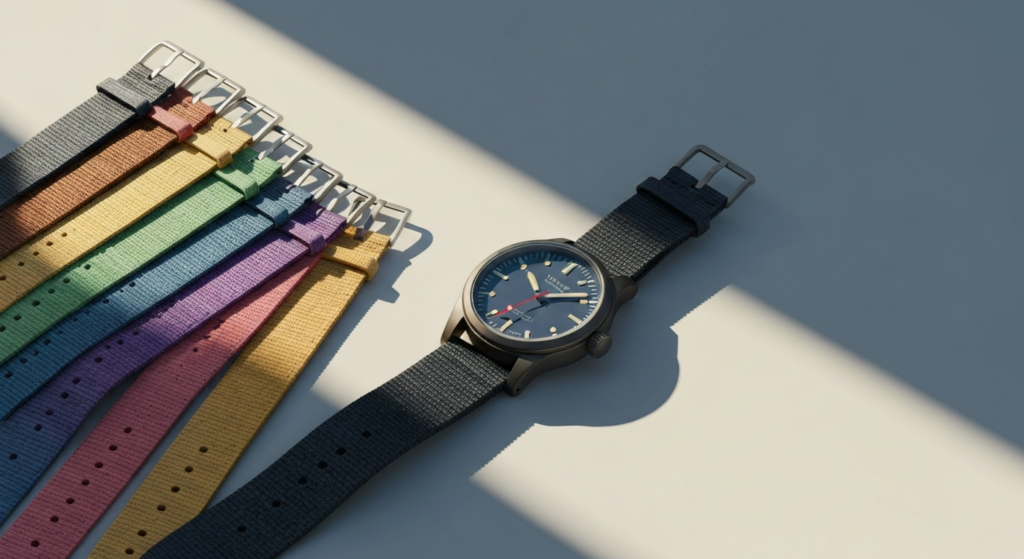Embarking on a journey through the captivating world of haute couture, I delve into the seamless blend of tradition and innovation that defines this exquisite realm of fashion. From its origins rooted in the meticulous craftsmanship of French ateliers to the modern runway spectacles that push the boundaries of creativity, haute couture has continuously evolved, adapting to the ever-changing landscape of style.
Exploring the evolution of haute couture unveils a rich tapestry of heritage and groundbreaking design. As a fashion enthusiast, I am fascinated by how legendary couturiers have paved the way for contemporary designers to infuse their collections with both reverence for the past and a vision for the future.
The intricate handwork and attention to detail synonymous with haute couture stand as a testament to the enduring artistry that transcends time. In this article, I unravel the intricate threads that weave together the past, present, and future of haute couture, celebrating the harmonious coexistence of tradition and innovation in the realm of high fashion.
Historical Origins of Haute Couture
Exploring the historical origins of haute couture unveils a fascinating narrative of craftsmanship and exclusivity that has endured through centuries. In the mid-19th century, Charles Frederick Worth revolutionized the fashion landscape by being the first designer to label his creations, laying the foundation for the haute couture industry in Paris.
This marked the birth of a new era where garments were not only tailored to fit but also embodied the spirit of the wearer. During this period, affluent clients would visit couturiers’ ateliers for private fittings, receiving personalized garments that showcased exquisite handwork and attention to detail.
The term “haute couture,” meaning high fashion in French, became synonymous with these meticulous designs tailored to individual clients.
- Quality Materials and Precise Fittings:
Early couturiers set the industry standard with an emphasis on high-quality materials and exacting fits. - Intricate Embellishments:
Craftsmanship featured detailed and elaborate embellishments that defined the artistry of early couture.
Each garment was a masterpiece, reflecting the couturier’s vision and the client’s personality in a symbiotic relationship that defined haute couture. As haute couture evolved, designers continued to push boundaries, blending traditional handcraft techniques with innovative design concepts.
The legacy of these early pioneers continues to inspire modern couturiers to create avant-garde collections that redefine luxury and elegance while honoring the rich heritage of haute couture. This seamless fusion of tradition and innovation remains at the core of haute couture, shaping the future of high fashion with each exquisite creation.
Influence of Tradition in Haute Couture
Preservation of Craftsmanship
In haute couture, the preservation of craftsmanship is paramount. The tradition of handcrafting garments by skilled artisans continues to be a hallmark of haute couture houses. Each piece is meticulously crafted, ensuring unparalleled quality and attention to detail that set haute couture apart from ready-to-wear fashion.
This dedication to preserving traditional craftsmanship not only honors the legacy of couture but also elevates the artistry of each creation.
Iconic Design Elements
Iconic design elements play a significant role in the world of haute couture. From timeless silhouettes to signature embellishments, designers infuse their collections with unique design elements that reflect the heritage and vision of their fashion houses.
These iconic elements serve as a nod to tradition while also showcasing the innovation and creativity of couturiers. Whether it’s a distinctive embroidery technique, a signature draping style, or a recurring motif, these design elements contribute to the rich tapestry of haute couture history, ensuring that each garment tells a story of tradition and innovation.
Revolutionizing Haute Couture Through Innovation
Continuing the narrative of haute couture’s evolution, innovation stands as a cornerstone in reshaping the landscape of high fashion. To elevate the art form, visionary designers constantly push boundaries, infusing traditional craftsmanship with cutting-edge techniques to redefine sartorial excellence.
In this dynamic realm, innovation isn’t merely a stylistic choice but a fundamental shift driving haute couture forward. The fusion of artistry and technology enables designers to explore new frontiers of creativity, resulting in avant-garde collections that captivate the fashion world.
From 3D printing to digital design tools, groundbreaking methods are integrated into the meticulous process of garment construction, revolutionizing the way couture masterpieces are conceived and brought to life. By embracing innovation, fashion houses pay homage to their heritage while embracing contemporary trends, striking a delicate balance between tradition and modernity.
This harmonious blend empowers designers to create iconic pieces that transcend time, embodying the spirit of haute couture while embracing the future of fashion. In this ever-evolving landscape, innovation remains a driving force, propelling haute couture into new realms of creativity and luxury.
Modern Interpretations of Haute Couture
Building upon the rich legacy of haute couture, contemporary designers seamlessly integrate traditional craftsmanship with cutting-edge technologies to redefine luxury and creativity. I delve into the realm of modern interpretations of haute couture, where innovation not only enhances design possibilities but also reshapes the very essence of high fashion.
Sustainable Practices in Haute Couture
I highlight the growing focus on sustainability in haute couture, with designers incorporating eco-friendly materials and ethical practices into their creations. Leading fashion houses are embracing sustainability by reducing waste, promoting fair labor practices, and advocating for environmental conservation.
The shift towards sustainable haute couture underscores a commitment to responsible fashion, aligning with the evolving values of consumers seeking ethically conscious luxury.
Digital Transformation in Haute Couture
I explore how digital technologies have revolutionized the design process in haute couture, allowing for greater precision and innovation. Designers leverage advanced software and virtual tools to conceptualize intricate designs, streamline production, and enhance customization for clients.
Digital transformation empowers designers to push the boundaries of traditional craftsmanship, fostering a dynamic interplay between artisanal skills and technological advancements.
Inclusive and Diverse Representation
I discuss the importance of inclusivity and diversity in modern haute couture, with designers embracing a more inclusive approach to cater to diverse body types and cultural backgrounds. Fashion houses are moving towards greater representation on the runway and in campaigns, celebrating individuality and challenging conventional beauty standards.
By embracing inclusivity, modern haute couture reflects the shifting landscape of fashion, embracing authenticity and empowering individuals to express their unique identities through couture. In essence, modern interpretations of haute couture signify a harmonious blend of tradition and innovation, where sustainability, digital transformation, and inclusivity converge to shape the future of high fashion.
By embracing these contemporary values, designers continue to push boundaries, inspire creativity, and propel haute couture into new realms of artistry and relevance.






